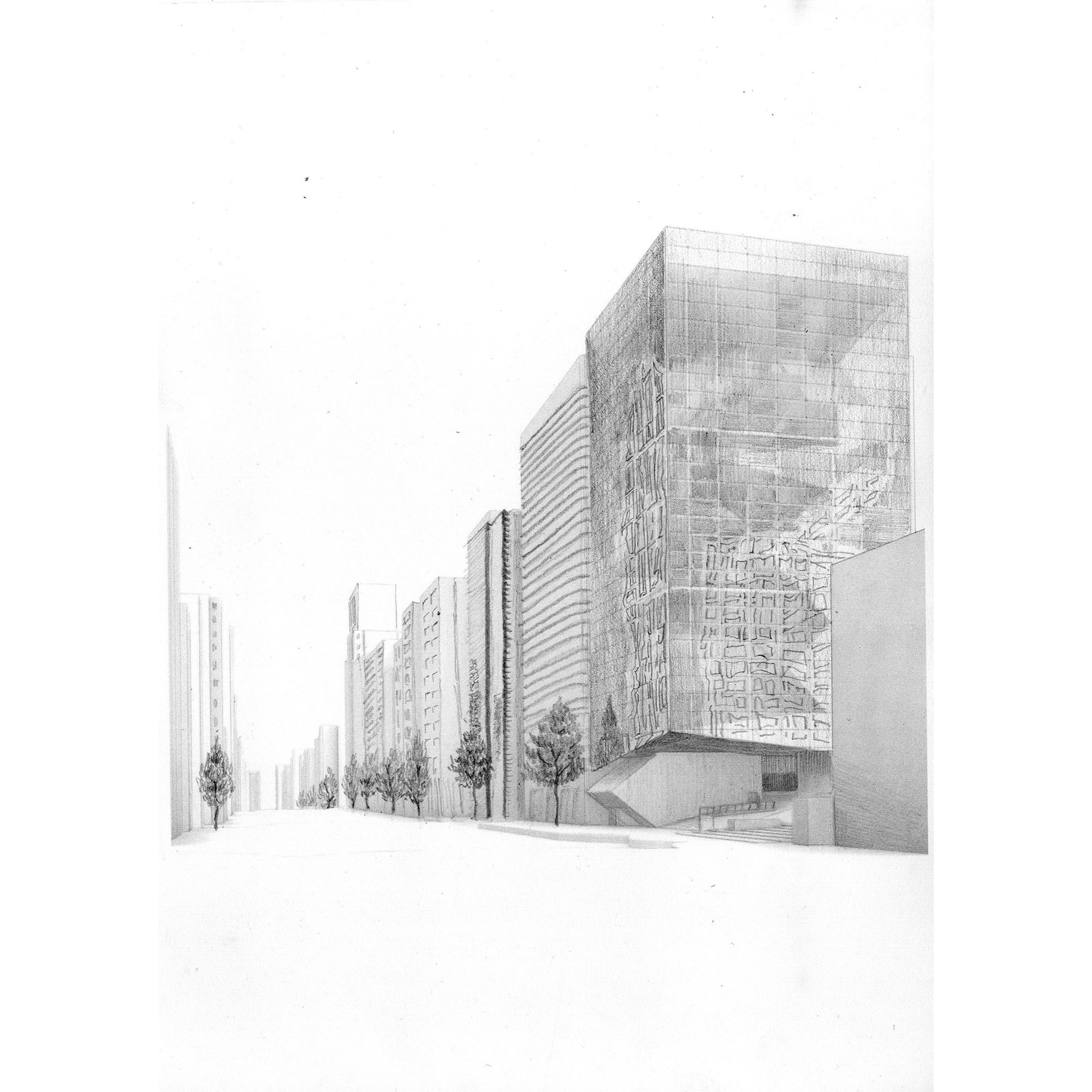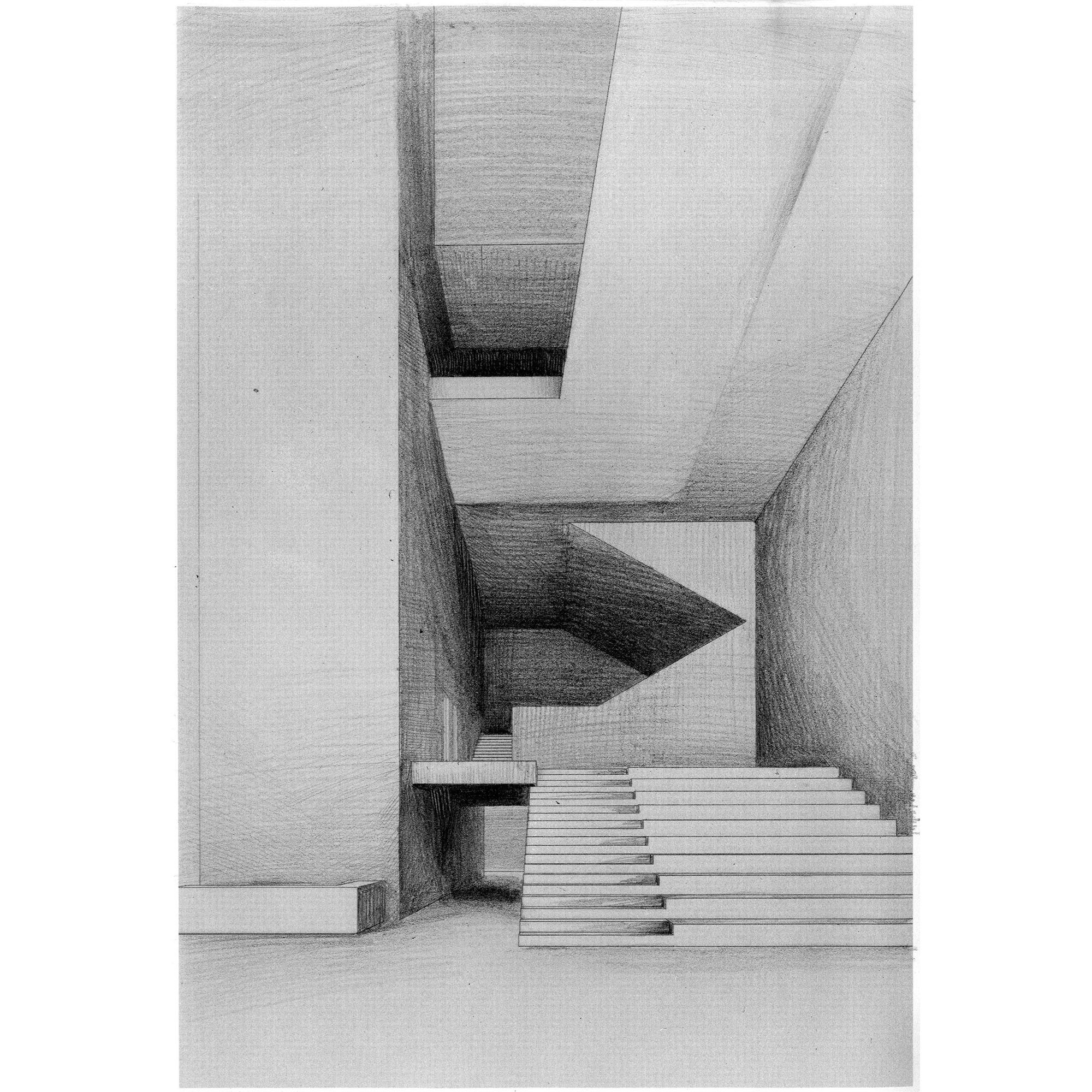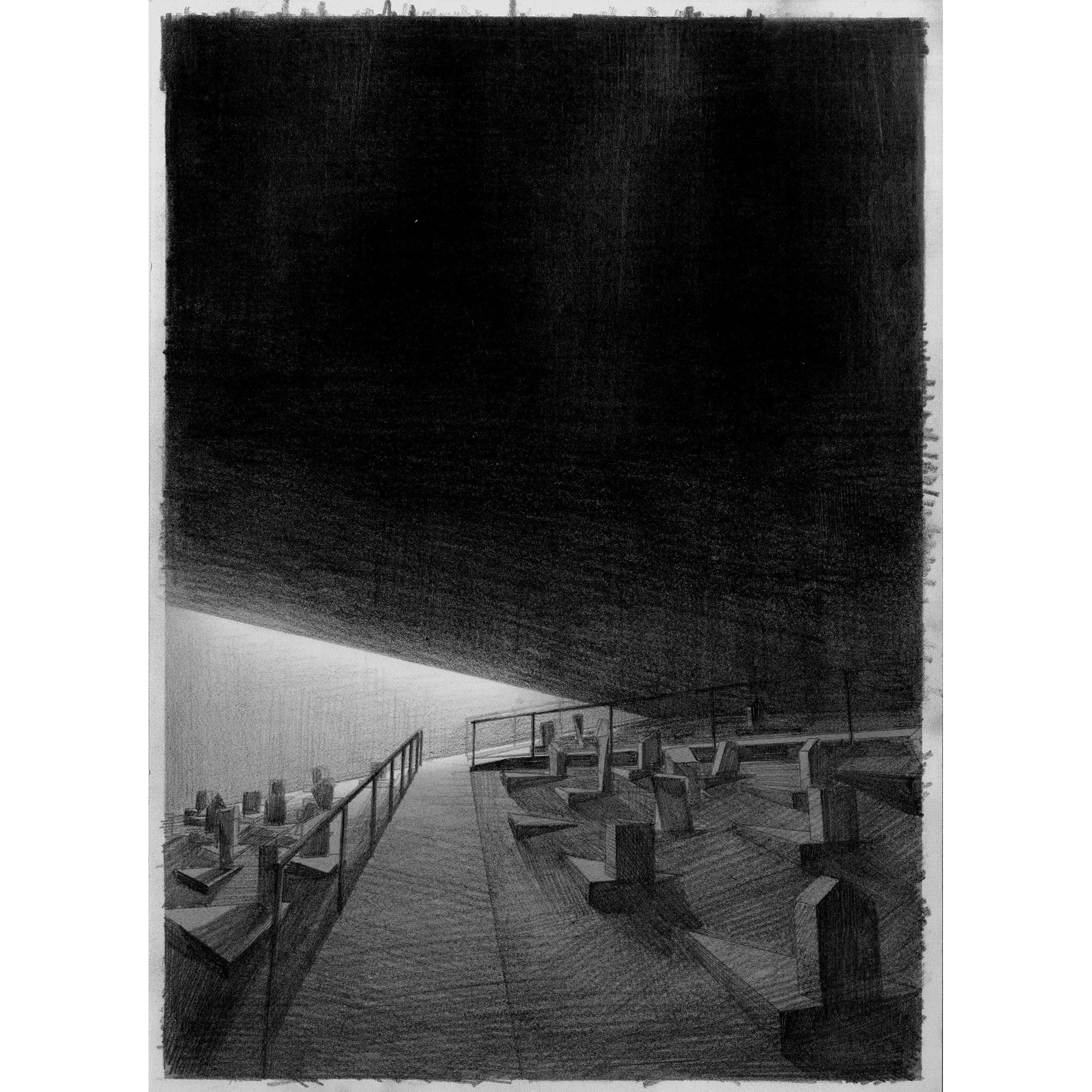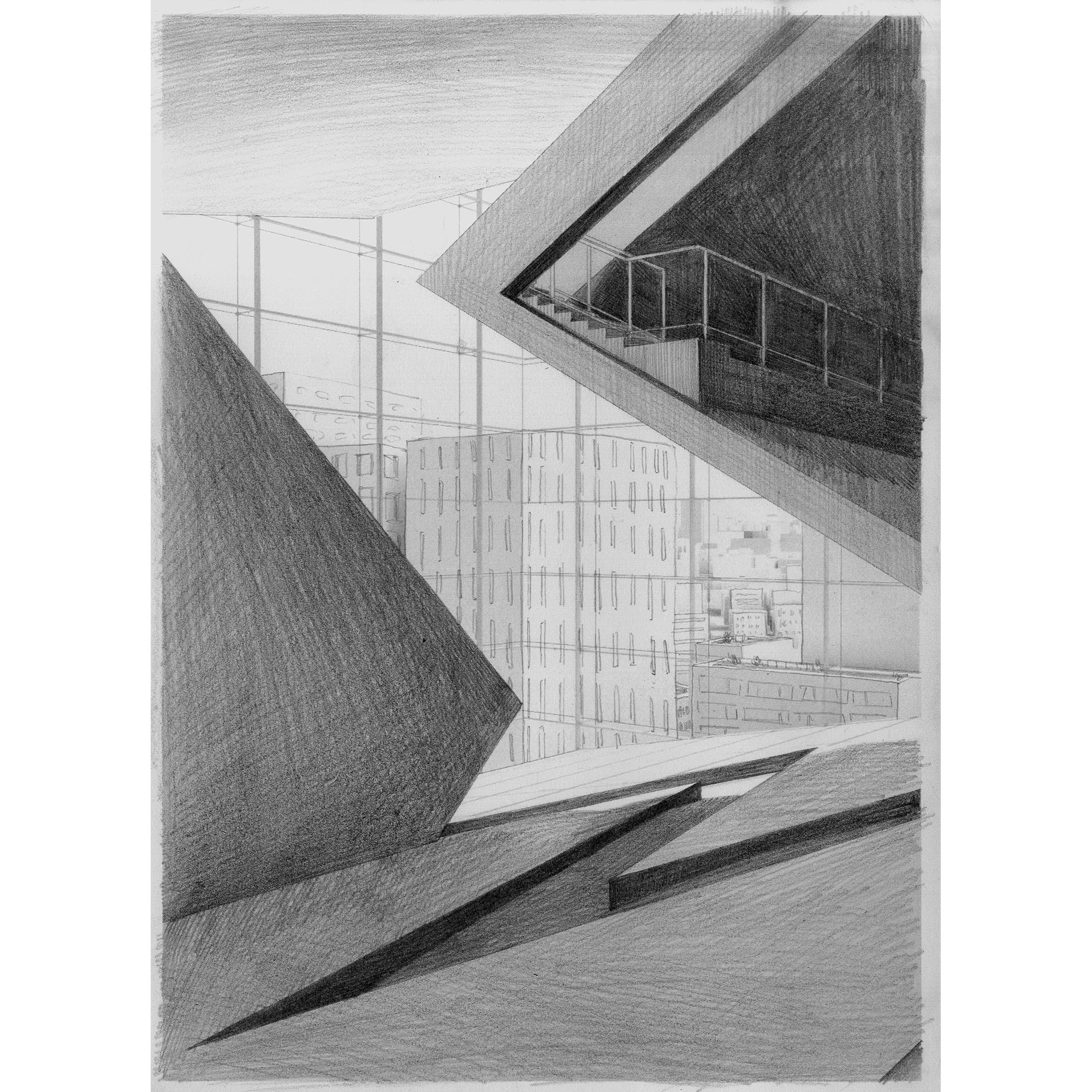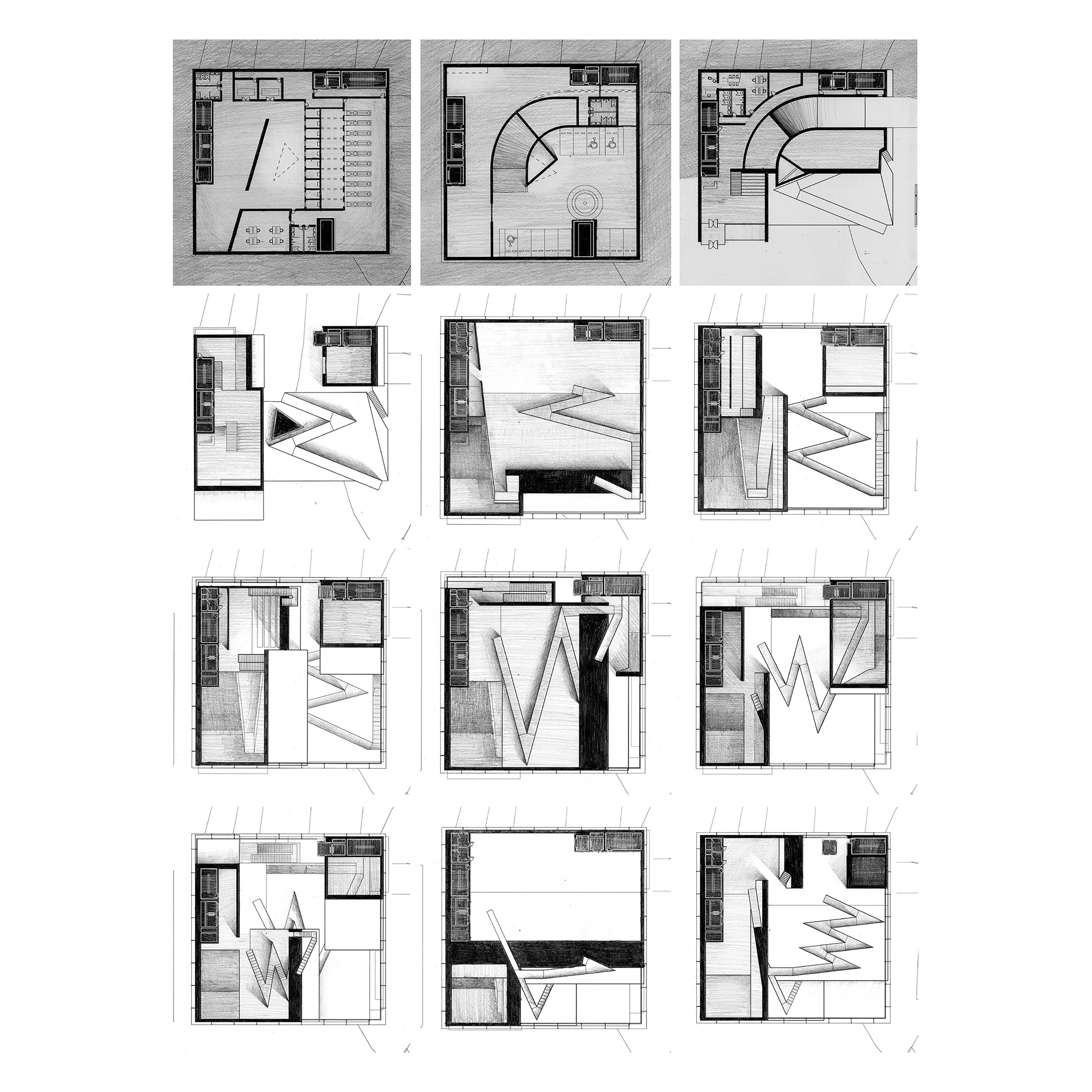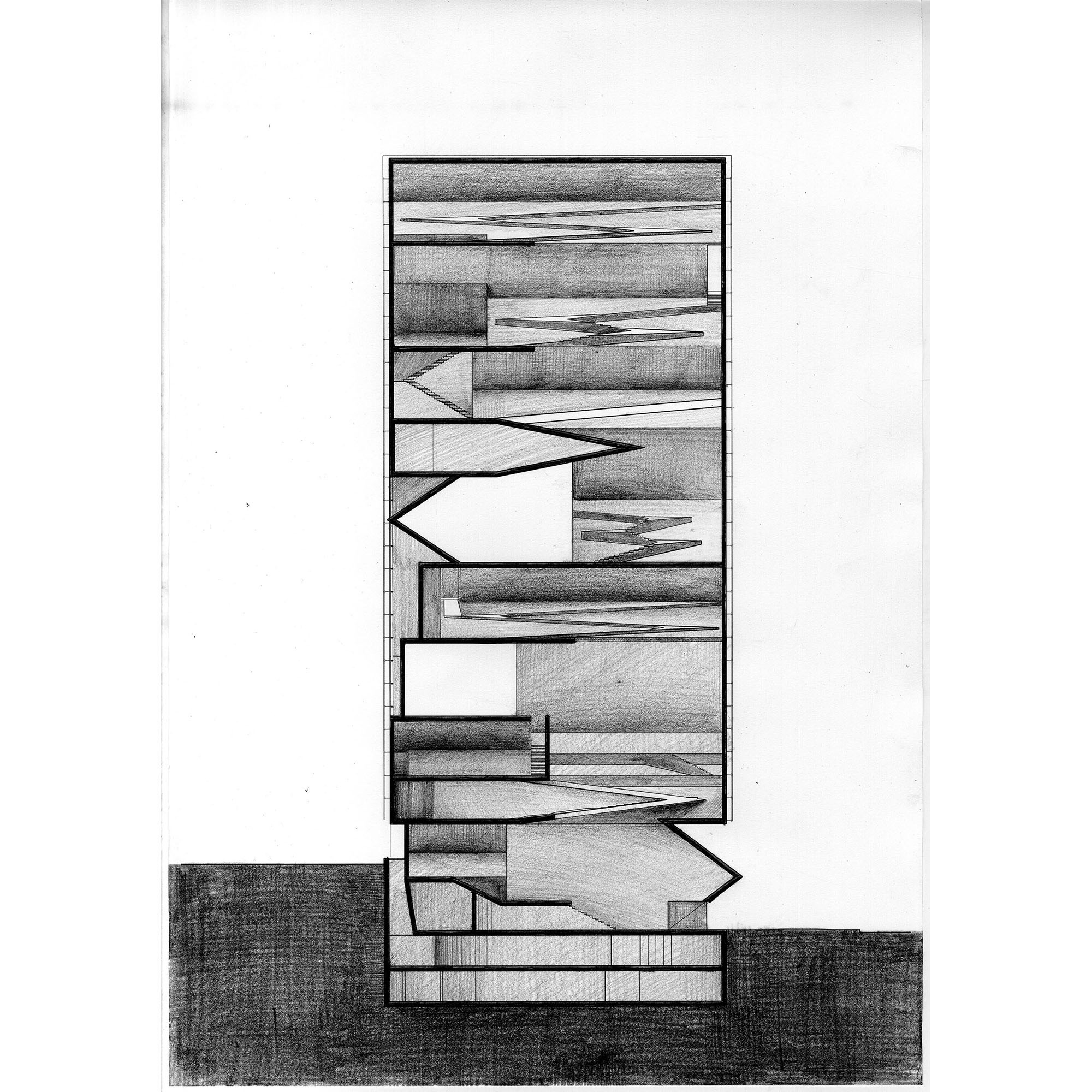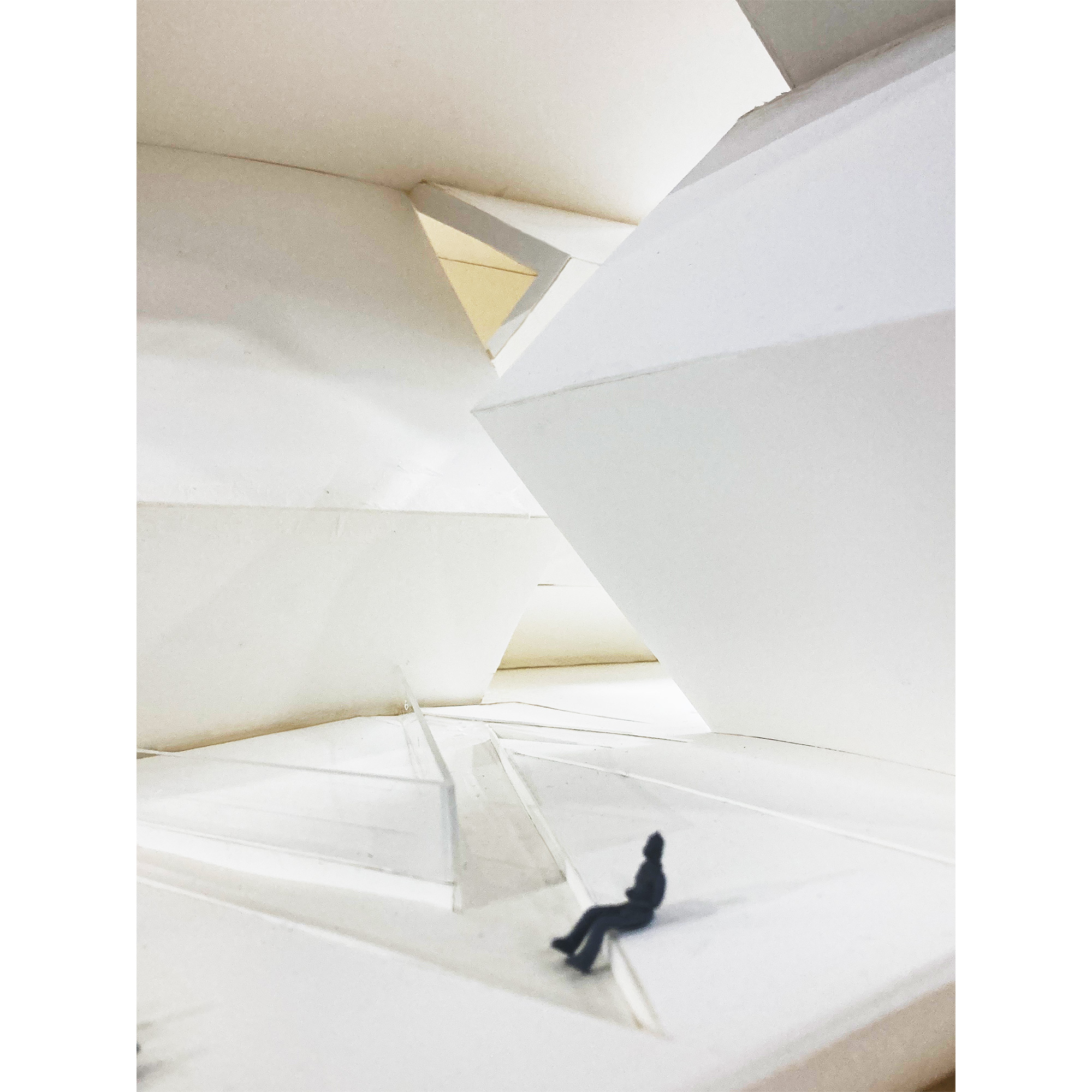신률명
Shin Ryulmyeong
죽은 사람의 몸은 도시의 어디에 누워있을까. 도시의 압축적인 성장과 사회적 인식의 변화로 인해 죽음은 도시 바깥으로 내몰렸다. 장례가 끝난 죽은 몸은 급히 도시 바깥으로 나가 다루기 쉬운 물질로 변성되어 다른 죽은 자들과 함께 모여있다. 도시 속에서 죽음은 홀로 존재할 수 없어 병원의 장례식장 혹은 종교시설의 부속 봉안당으로 몰래 들어와있거나, 종묘 혹은 선 정릉과 같이 이야기와 역사로 존재한다. 죽은 자의 공간이 죽음 그 자체로 도시 속에 자리 잡지 못하고 다른 도시 요소에 기대어 도시의 일상으로부터 거리를 두었다. 그럼에도 죽음은 도시 곳곳에서 일상처럼 발생한다. 일상의 마지막 단계로서의 죽음은 비일상과의 경계에 위치한다. 일상과 비일상이 혹은 삶과 죽음이 날카로운 선을 그리며 만난다. 따라서 도시와 적당한 거리를 두며 죽음이 죽음 자체로 일상과 만나야 한다. 죽음은 조금 특별한 일상이며 조금 평범한 비일상이다. 죽음 이상의 일상, 비일상도 혹은 살아있는 자의 일상도 필요하지 않다. 죽음과 죽은 자를 위한 공간의 형태가 일상과 직접 만나며 일상의 행동과 태도 그리고 생각과 감정에 직접 닿아있다.
Where is the body of the dead lying in the city? Death was driven out of the city by the compressive growth of the city and changes in social awareness. After the funeral, the dead body rushed out of the city, degenerated into an easy-to-handle material, and gathered with the other dead. Death cannot exist alone in the city, so it sneaks into the hospital's funeral home or the annex of religious facilities, or exists as a story and history, such as Jongmyo or Seonjeongneung. The space of the dead could not be located in the city by itself, but it leaned on other urban elements to distance itself from the daily life of the city. Nevertheless, death occurs as usual throughout the city. Death as the last stage of everyday life is located on the border with non-daily life. Daily life and non-daily life or life and death meet in sharp lines. Therefore, death should meet daily life by itself, keeping a proper distance from the city. Death is a little special and a little unusual. There is no need for daily life beyond death, non-daily life, or daily life of the living. The form of space for death and the dead meets daily life directly, and is directly in contact with daily behavior, attitudes, thoughts, and emotions.




